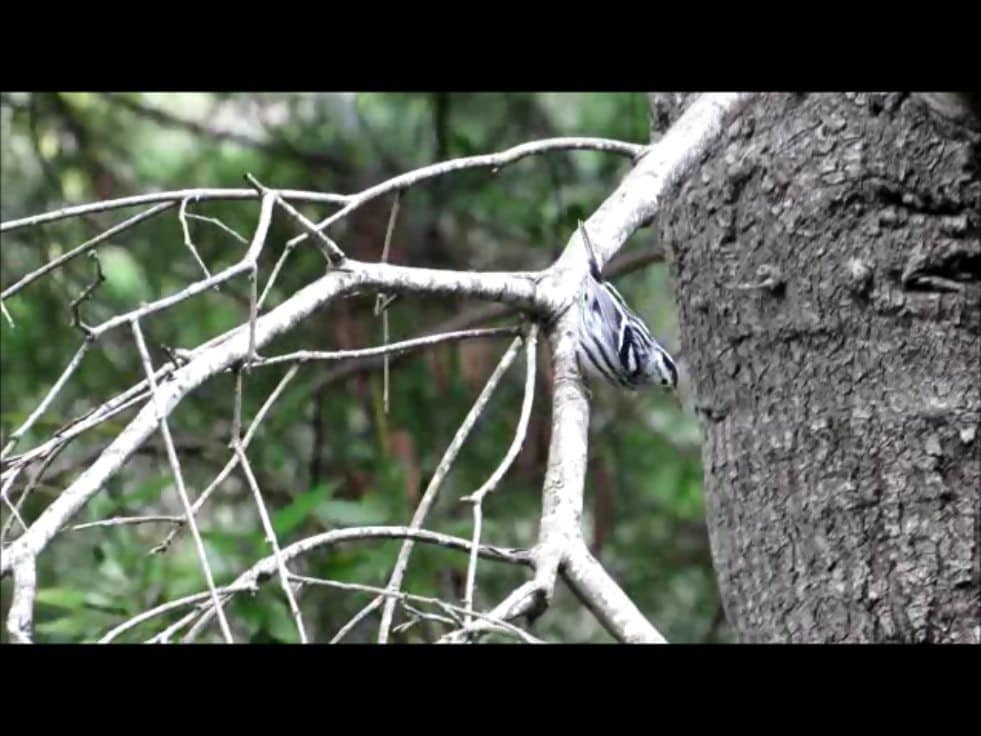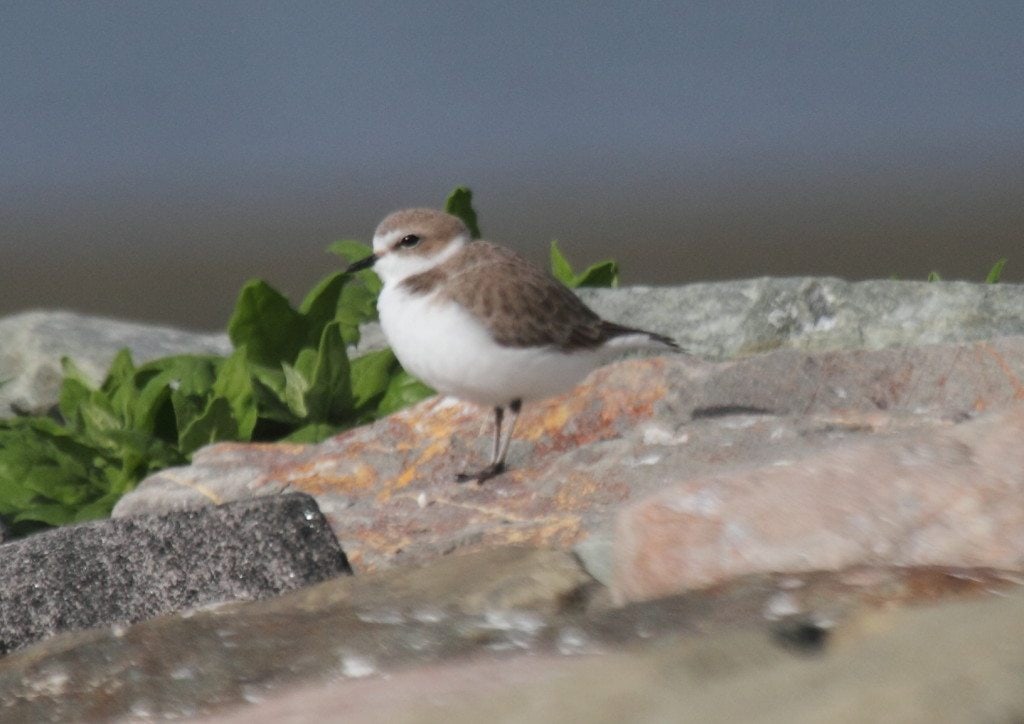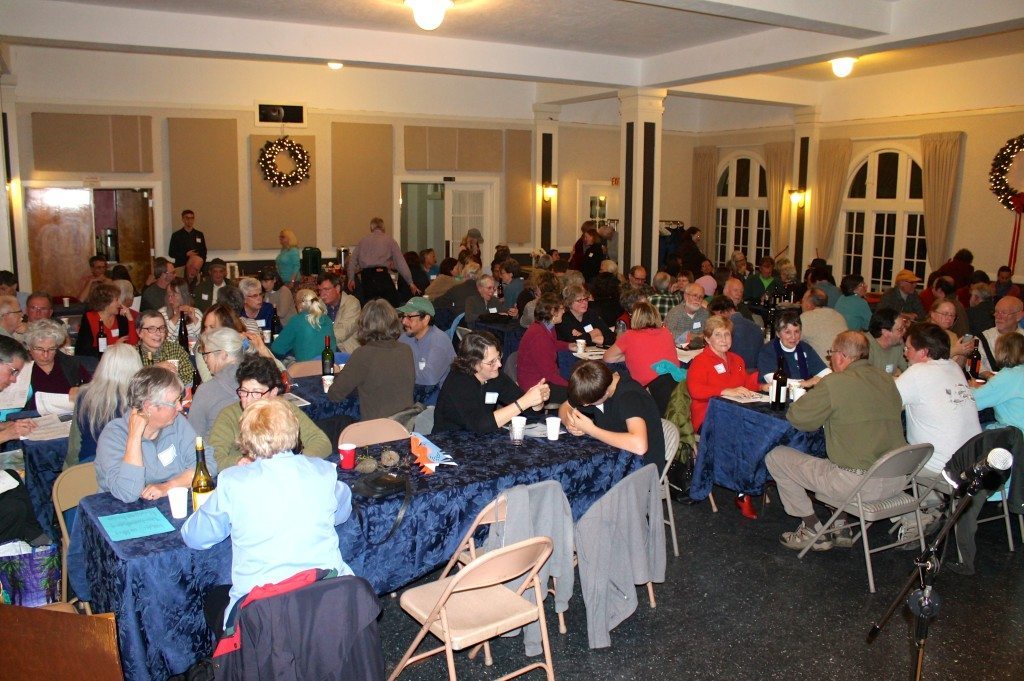Final results from the 2014 Oakland CBC
By Dave Quady and Bob Lewis
Though the weather forecast for Sunday, December 14, was favorable, caution seemed warranted as Count Day approached, because 3.4 inches of rain had fallen in Oakland in the preceding few days. Happily, early owlers in Redwood Regional Park found crisp temperatures and clear skies, heard the three expected owl species, and then heard a totally unexpected Long-eared Owl, the count’s first in eleven years. Oakland’s 74th annual Christmas Bird Count was off to a good start.
Good weather and good birding continued throughout the day. A record-high 257 field observers, together with a dozen feeder watchers, detected 180 species, two more than our recent average, and three fewer than our record high. Our total of 98,920 individual birds was some 3,000 higher than our recent average. Local press coverage allowed others to share the fun vicariously, and everyone can now reflect on it at leisure:
San Francisco Chronicle
Contra Costa Times
Berkeleyside
None of this year’s ‘rare’ birds could hold a candle to last year’s Painted Redstart, but a Barn Swallow over Alameda, chosen as Best Bird, was only our second since 1974 on count day. Swallows seem to be wintering here in higher numbers recently; Tree Swallow has become almost expected on our count (one was over Alameda this year), and other local CBCs also recorded Barn Swallow. A Black-headed Grosbeak, a Black-and-white Warbler, and two Western Tanagers were other nice finds.


Seventeen Snowy Plovers along the Alameda shoreline were not totally unexpected; small flocks have occurred there episodically over the last couple of decades and GGBA volunteers won protective fencing for them on part of Crown Beach during 2014. Red-necked Grebe, House Wren, Blue-gray Gnatcatcher, and Hermit Warbler (all single individuals) rounded out this year’s list of review-worthy species.

Nearly every year at least a few species occur in record-high numbers. But this year many species exceeded their previous records by at least twenty percent: Green Heron, American Coot, Semipalmated Plover, Spotted Sandpiper, White-breasted Nuthatch, Western Bluebird, and Hermit Thrush. What, if anything, do these species have in common to explain this year’s abundance? One might expect that Varied Thrush, so numerous this year and so pleasing to the eye, had joined this crowd. But with a very respectable 859 birds counted, its numbers actually fell fifteen percent short of 2006’s record year.
This year’s biggest record-setting story belongs to the acorn-ivores. With a poor acorn crop reported from the west slope of the Sierra, and a bumper crop locally, it’s no wonder that acorn-dependent species were present in record numbers. The Eponymous Woodpecker count of 473 birds was five times its previous record high. Band-tailed Pigeon finished in second place; its 2471 individuals merely doubled its previous high count.
Reasons why particular species occur in unusually low numbers, or not at all, remain speculative until the passage of time provides clarification. With that disclaimer, consider Tricolored Blackbird. We recorded tens or hundreds annually until 2004, then single digits thereafter. This year, for the first time ever, we found none.
Tricolored Blackbird nests colonially, with its largest colonies in the Central Valley. Habitat loss and degradation there and elsewhere have contributed to alarming population declines over decades. The 2014 statewide survey, for example, found a 63% decline in the number of birds statewide, compared to the 2008 survey. Along the Central Coast, the decline was steeper: 91% over the same period. Data such as these led the California Fish and Game Commission in December 2014 to grant the species emergency protection under the California Endangered Species Act.
The Tricolored Blackbirds on our count have been wintering visitors from nearby or distant breeding colonies, whose declining populations have apparently become less and less able to support widespread wandering. How far away, one wonders, does extinction lie, and can it be averted?
On a brighter note, while the absence of a Tufted Duck on Lake Merritt was disappointing, it doesn’t portend anything about the species’ population, or the likelihood that one will again grace our CBC. Thankfully, this Old World species remains widespread and abundant, so it’s simply a matter of time before this handsome stray Aythya will again discover the charms of our near-count-circle-center lake and join its kindred wintering brethren.

Our count succeeds because its 29 area leaders ensure good birding coverage during the day and produce good documentation afterward. We thank them, and also Noel Diefendorf and Jim Labbe, who again donated their time and their boats so that we could bird our count’s San Francisco Bay waters. We also thank the Golden Gate Bird Alliance staff, and the many volunteers who ensured that the compilation dinner proceeded smoothly. Our special thanks go to Ilana DeBare and Noreen Weeden for help throughout the process, and to Joyce McKinney for planning and conducting our dinner.
We hope you will join us on Sunday, December 20, 2015 to participate in Oakland’s 75th Christmas Bird Count.
———————————-
Dave Quady and Bob Lewis have led the Claremont area of the Oakland CBC since the 70’s. They mutually agreed to co-compile the count 12 years ago, but only if the other agreed to do at least half the work. Each does what he does best – Dave handles permissions, publicity, and announcements, and Bob handles the computer stuff. They both enjoy the big finale of the CBC dinner.
